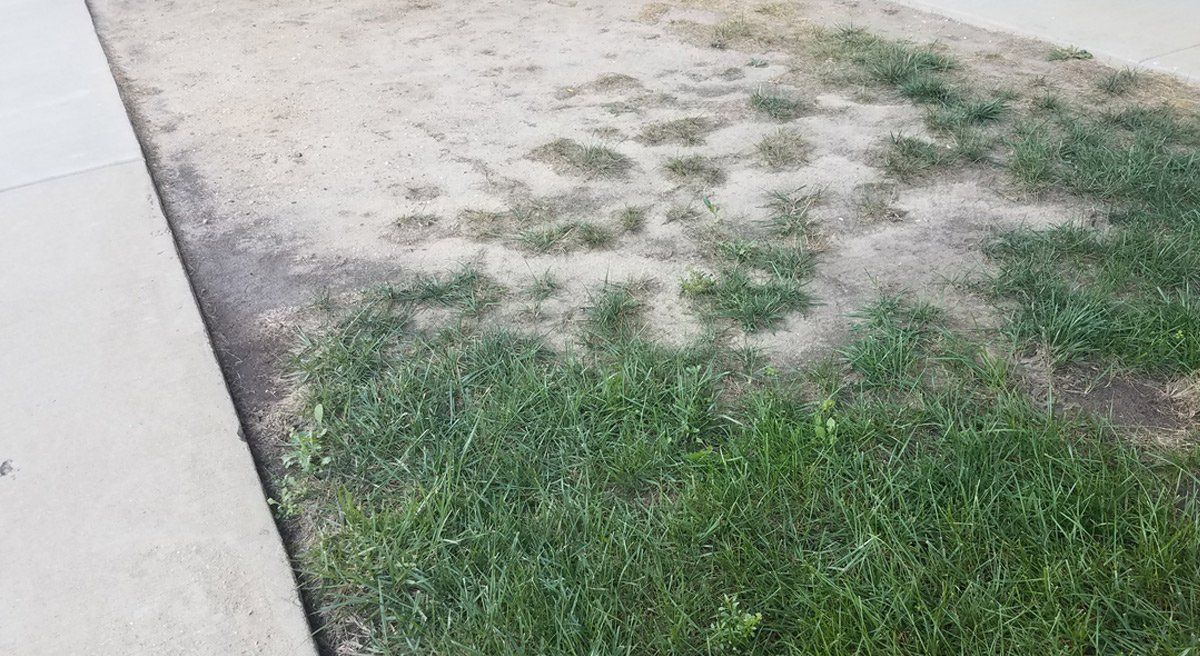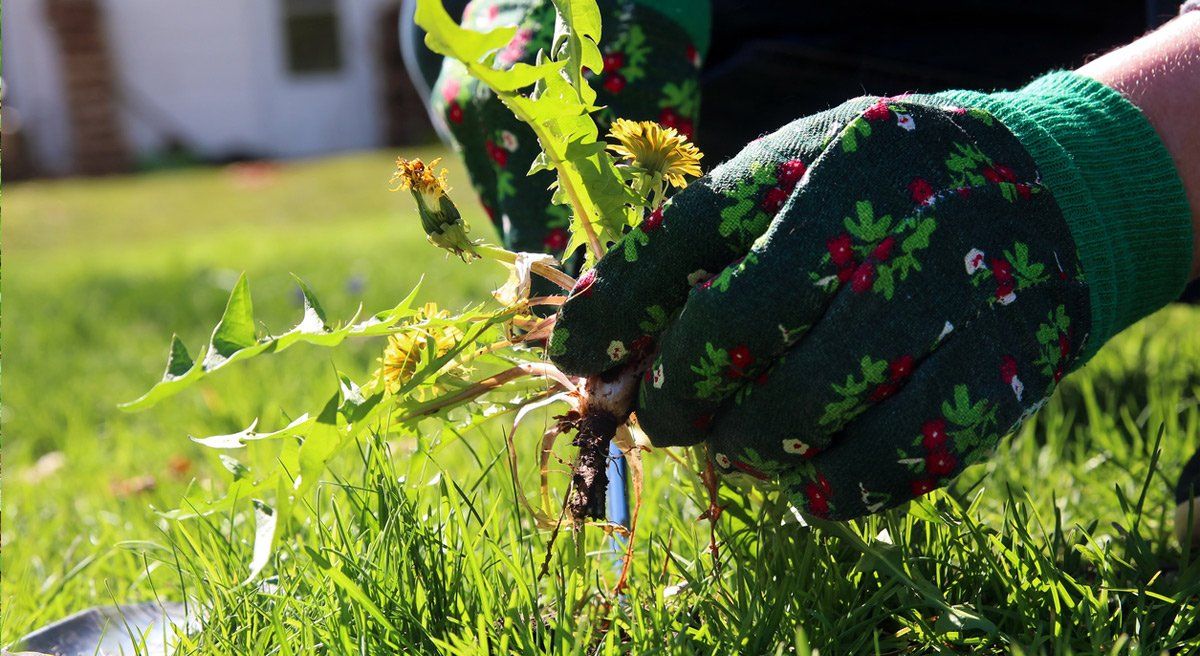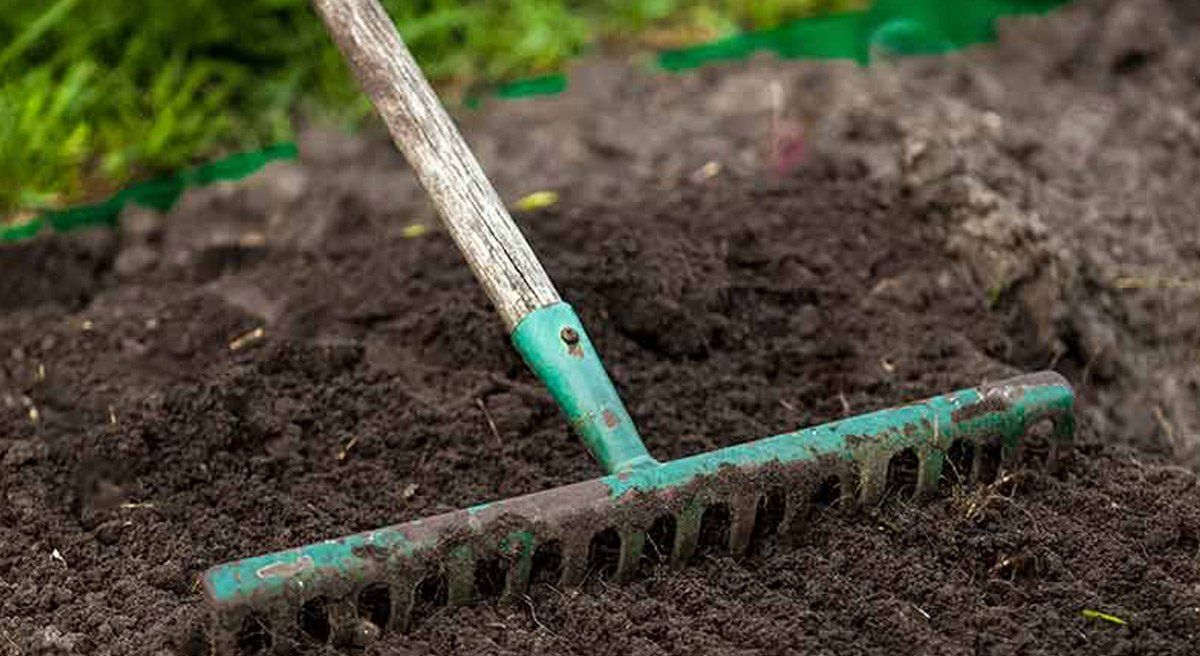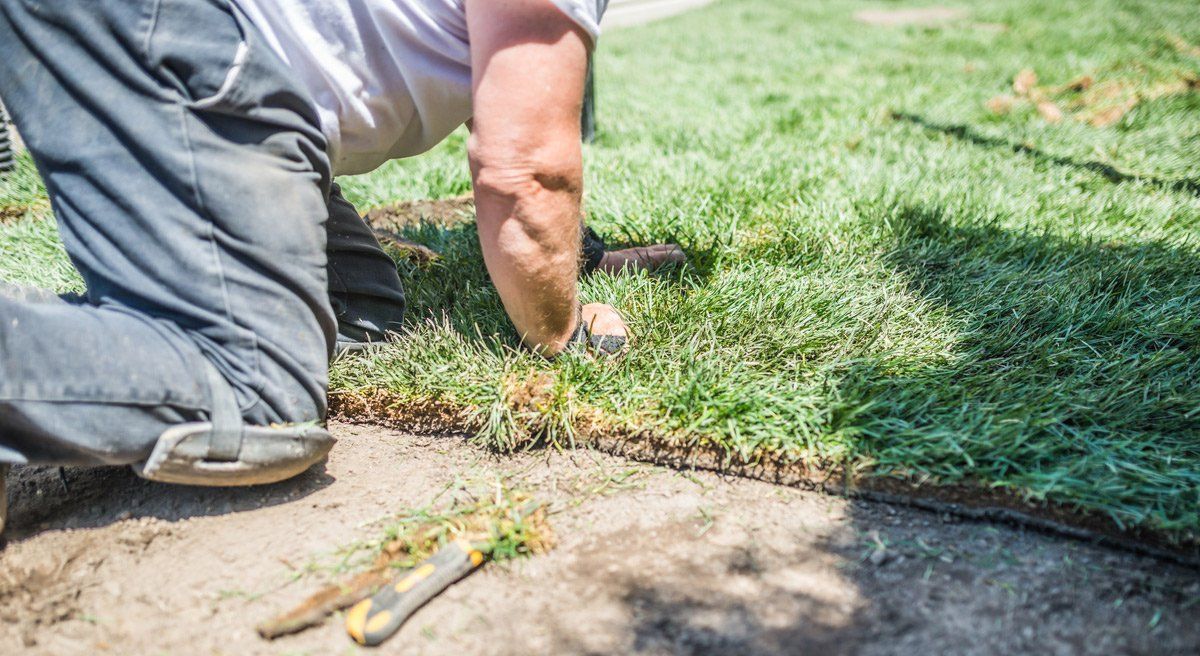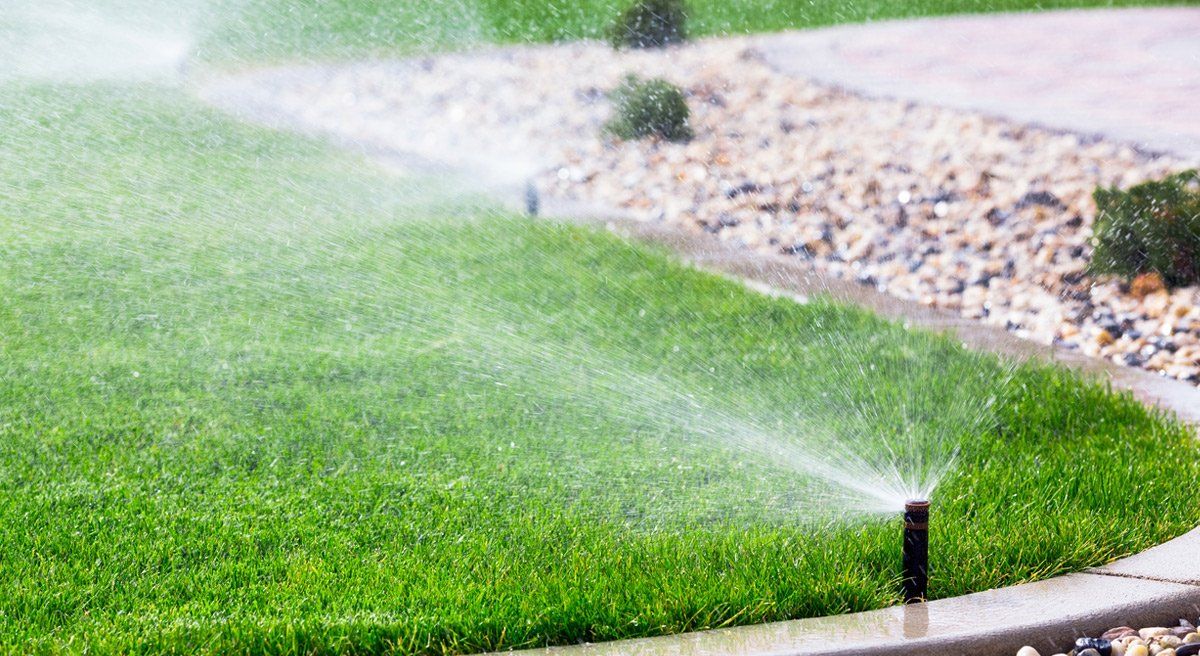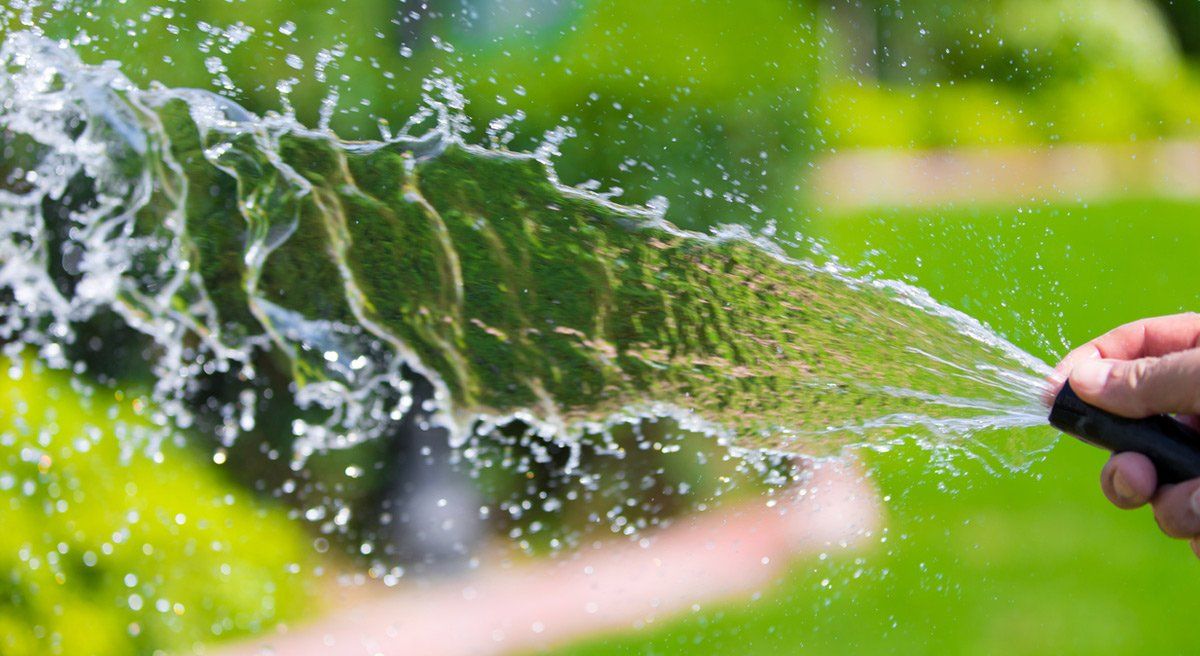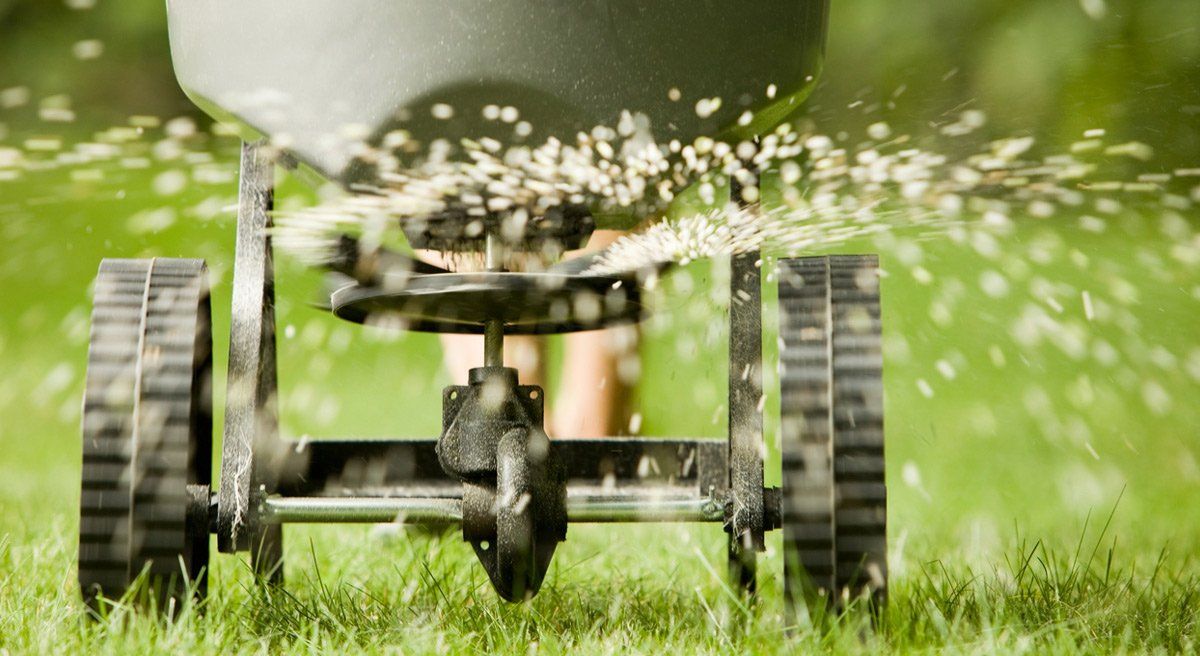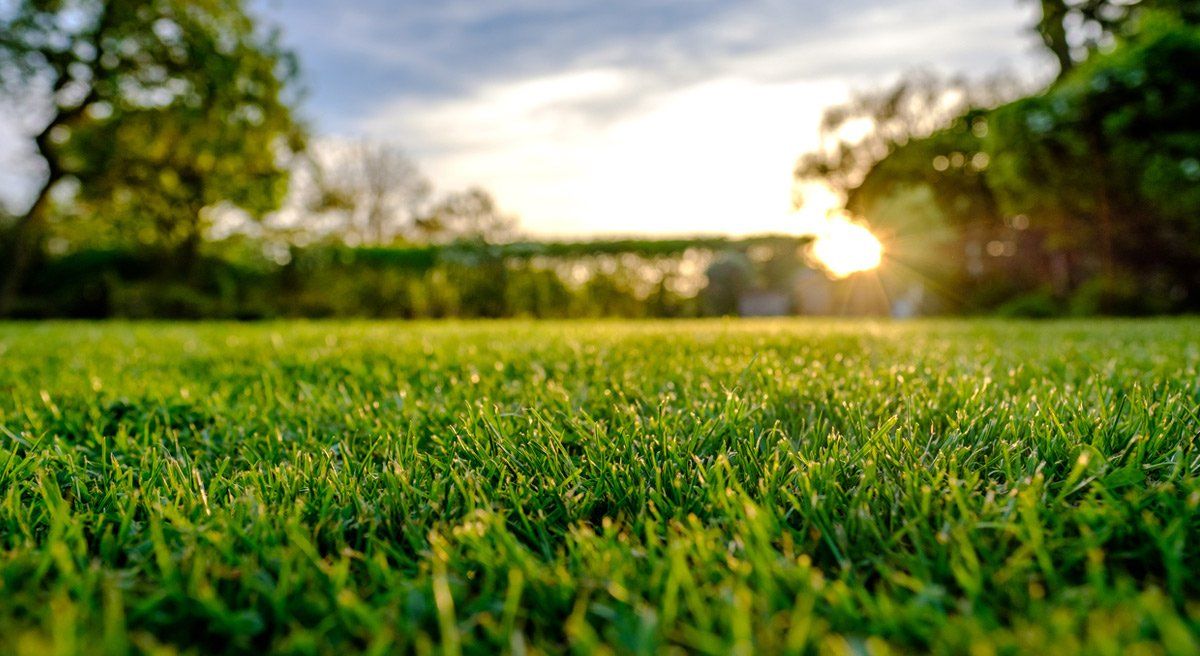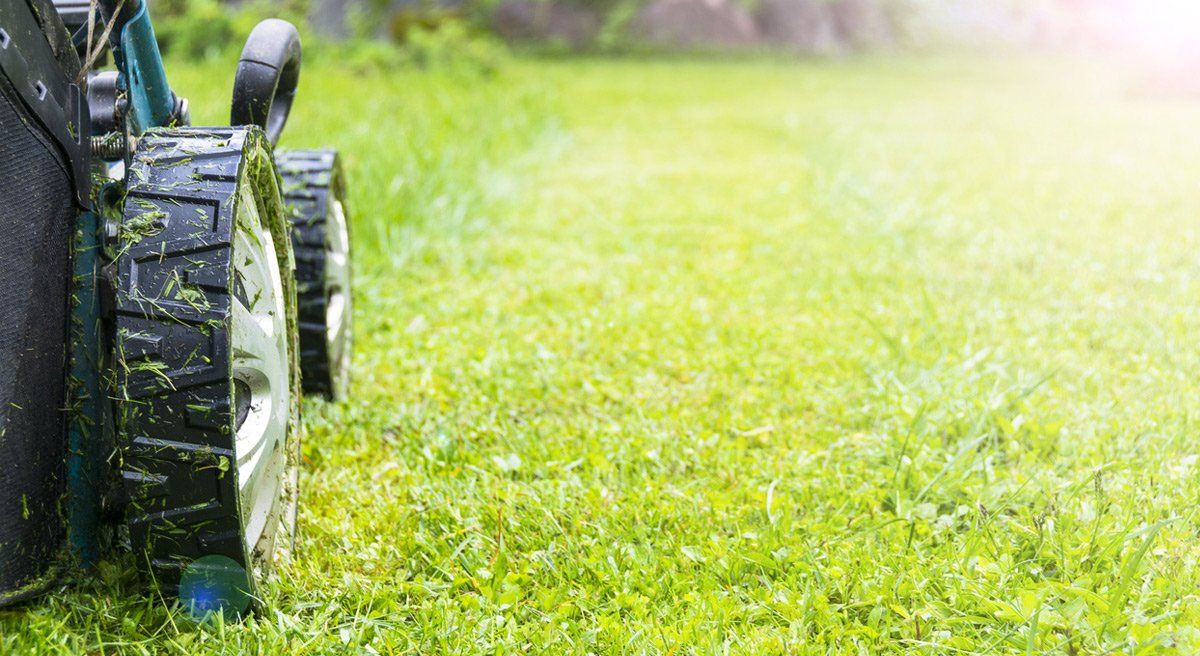Taking Care of Your Grass
Before You Plant
01.
STUDY YOUR SITE
How much sun will the grass get? How much shade? The amount of sun and shade will largely determine what types of grass you can plant.
Although no grass will grow in complete shade, St. Augustine handles shady areas with filtered sunlight well. The floratam grass needs 60% of sunlight to survive.
03.
FIX DRAINAGE
Too much water can be harmful to newly-laid sod. If excess water does not drain out of your yard, the sod will not be able to establish a strong root system.
In some cases you may need to install a drainage system to move excess water from a problem area to an area that could use water.
In addition, you also need to grade the soil in your yard away from your home. Gradual slopes that lead away from your property and out to the street are recommended for ideal water flow.
04.
PREP GROUND
Although often not critical, it may be beneficial to add to your lawn’s topsoil base.
Many varieties of topsoil are available ranging from low-nutrient “fill” that basically adds depth for holding moisture, to more expensive topsoil-compost mixes that will add beneficial nutrients to your lawn.
Planting
01.
PLANTING
Once you’re done preparing your yard for sod, the installation is typically simple and depending on the size of your project and available help, should be finished in a day.
Before you lay the sod, rake the soil to make sure the surface is level and close to 1 inch below any paved spots such as a sidewalk. In the summer months you can lightly wet the area to cool the ground before laying down the grass. Avoid getting the soil too wet and creating a muddy surface that inhibits a manageable work area.
02.
INSTALLING GRASS
Once the fresh grass is delivered to your site, it’s important to have it down within 24 hours. Leaving sod stacked on pallets or sitting in the heat on concrete is a quick way to stress the grass. During summer months, it’s especially critical to get the grass down and watered on the same day. St. Augustine may begin to yellow on the day of delivery if it’s extremely hot, but once down and watered will green up nicely within a couple weeks.
Use a sharp tool to cut the sod pieces as necessary. The rows should fit snugly against one another without overlapping.
Watering
Watering is dependent on several factors including time of year, recent and current rainfall, and type of irrigation/water method being applied. Generally you want to keep new grass saturated for at least two weeks. The idea is to keep the soil under the sod moist as well as the soil that comes with each sod piece. This is vitally important for root establishment.
Water early in the morning to take advantage of the daily start of the grass’s growing cycle, lower wind speeds and to avoid evaporation.
Make certain that water is reaching all areas of your new lawn, regardless of the type of irrigation system you use. Corners and edges are easily missed by many sprinklers and are particularly vulnerable to drying out faster than the center portion of your lawn. Also, areas near buildings, sidewalks, and driveways tend to dry-out faster because of reflected heat and may require more water.
DAY 1
It is essential to begin watering new sod within a half hour after it is laid on the soil.
Apply at least 1 inch of water so that the soil beneath the turf is very wet. Ideally, the soil 3 to 4 inches below the surface will be moist.
After watering, simply lift up a corner of the sod and check the soil underneath for moisture.
WEEK 1
Make sure you keep an eye on your grass every day during this first week. If an area starts to turn brown, it’s most likely not getting enough water.
Brown grass does not mean the grass is dead, it only indicates that the leaves have died. If you catch this early enough and adjust the amount of water to that area you’ll likely see new green leaves emerge in seven to ten days.
WEEKS 2&3
Keep the below-turf soil surface moist with daily (or more frequent) watering of approximately 20-30 minutes* or 1/4 inch each watering cycle.
Especially hot, dry or windy periods will necessitate increased watering amounts and frequency.
Learn to recognize signs of dry turf such as wilted leaves or needle-like appearances and water immediately if this occurs.
Fertilizing
WHEN APPLYING FERTILIZER
Top dressing with a thin layer of fertilizer ¼ inch thick, once or twice a year while your lawn is still growing, can be very beneficial to the health of your lawn.
Fertilizer contains microbes, nutrients, and an abundant supply of organic material. It also aides drought resistance and acts as a natural aerator in compacted and clay soils.
GENERAL MAINTENANCE
If you plant during the summer months, your sod’s probably going to need more water than sod planted in April. On the contrary, if a rainstorm soaks your lawn one evening, you probably don’t need to water it the next morning.
Avoid prolonged periods of standing water in any area of the lawn. Overwatering can prevent the sod from rooting and prove just as damaging as not watering at all. Monitoring your lawn closely will allow you to correctly assess the amount of water needed.
Mowing
New lawns need time for their roots to become established before they can be mowed for the first time. This process usually takes 10-14 days from the time of installation.
When the grass blades are healthy and growing taller, the roots have established well enough to begin mowing. Mowing should be done frequently enough to ensure that no more than 1/3 of the blade of grass is removed at one time.
The height of mowing is dependent on the type of turf. The grass clippings don’t need to be collected unless they’re exceptionally long and could smother the grass. Leaving the clippings recycles nutrients back into the lawn, saving on fertilizer costs.

